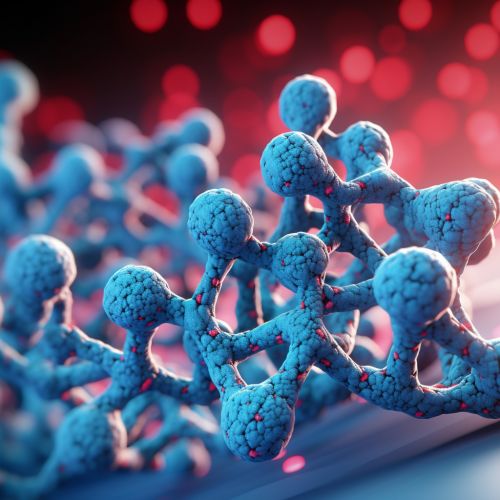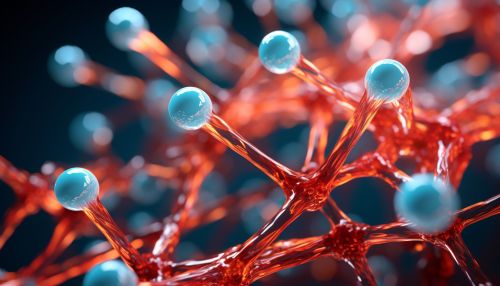16S rRNA gene sequencing
Introduction
The 16S rRNA gene is a part of the rRNA molecule that is present in all bacteria. This gene is highly conserved, meaning it changes very little over time, making it an ideal target for studying bacterial diversity and evolution. Sequencing the 16S rRNA gene provides a means of identifying and classifying bacteria at the species level, and is a fundamental tool in microbial ecology and other fields of microbiology.


Structure and Function of the 16S rRNA Gene
The 16S rRNA gene is approximately 1,500 base pairs long and is part of the small subunit of the ribosome, which is responsible for protein synthesis in bacteria. The gene contains both conserved regions, which are similar across all bacteria, and variable regions, which differ between species. These variable regions provide the basis for species-level identification through 16S rRNA gene sequencing.
16S rRNA Gene Sequencing
16S rRNA gene sequencing is a method used to identify and classify bacteria. The process involves extracting DNA from a bacterial sample, amplifying the 16S rRNA gene using PCR, sequencing the amplified gene, and comparing the sequence to a database of known 16S rRNA gene sequences.
DNA Extraction
The first step in 16S rRNA gene sequencing is to extract DNA from the bacterial sample. This is usually done using a commercial DNA extraction kit, which breaks open the bacterial cells and separates the DNA from other cellular components.
PCR Amplification
Once the DNA has been extracted, the 16S rRNA gene is amplified using PCR. This involves using primers that bind to the conserved regions of the 16S rRNA gene, allowing the variable regions to be copied and amplified.
Sequencing
The amplified 16S rRNA gene is then sequenced using a method such as Sanger sequencing or next-generation sequencing. The resulting sequence data is used to identify the bacterial species present in the sample.
Sequence Analysis
The sequence data is compared to a database of known 16S rRNA gene sequences, such as the Ribosomal Database Project or the National Center for Biotechnology Information's (NCBI) GenBank. This allows the bacterial species present in the sample to be identified.
Applications of 16S rRNA Gene Sequencing
16S rRNA gene sequencing is used in a wide range of fields, including microbial ecology, clinical microbiology, and environmental microbiology. It is a key tool in the study of microbial diversity and can be used to identify and classify bacteria in a variety of environments, from the human gut to the ocean floor.
Microbial Ecology
In microbial ecology, 16S rRNA gene sequencing is used to study the diversity and composition of microbial communities. This can provide insights into the roles that different bacteria play in an ecosystem, as well as how these communities change over time or in response to environmental changes.
Clinical Microbiology
In clinical microbiology, 16S rRNA gene sequencing can be used to identify bacterial pathogens that are difficult to culture using traditional methods. This can aid in the diagnosis and treatment of bacterial infections.
Environmental Microbiology
In environmental microbiology, 16S rRNA gene sequencing can be used to study the diversity and distribution of bacteria in different environments. This can provide insights into the roles that bacteria play in various biogeochemical processes, such as nutrient cycling and decomposition.
Limitations of 16S rRNA Gene Sequencing
While 16S rRNA gene sequencing is a powerful tool for identifying and classifying bacteria, it does have some limitations. For example, it can be difficult to distinguish between closely related species based on 16S rRNA gene sequences alone. Additionally, the method relies on the availability of accurate and comprehensive databases of known 16S rRNA gene sequences, which are not always complete or up-to-date.
